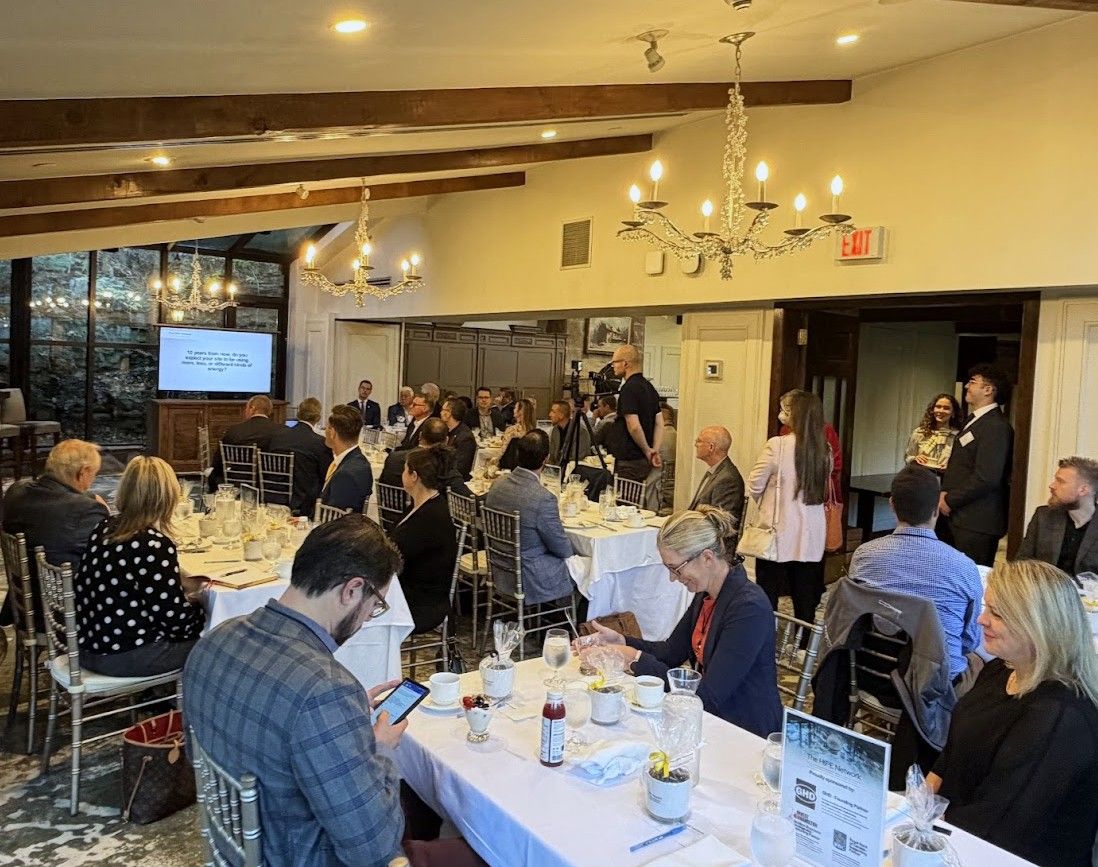

Energy Industry


Carbon Management
Do you know about carbon offsets? A voluntary carbon credit, or carbon offset, represents a reduction of one tonne of carbon from the atmosphere. This can be achieved by many types of projects, ranging from reforestation to renewable energy and direct air capture. All these projects need to follow a rigorous protocol before being certified by organizations with legitimacy, such as Gold Standard, Verra, Climate Action Reserve and American Carbon Registry, among others.
1. A “project developer” works with a “project owner” to develop a carbon offset project. The developer must bring in scientists/consultants to verify and certify their plans, and they submit a 100+ page project description document to a “registry” a. There are a few major registry programs, such as Verified Carbon Standard from Verra, Climate Action Reserve (CAR), American Carbon Registry (ACR), and Gold Standard are recognized in the industry.
2. During their certification process, the ‘registry’ will ensure that each project displays six features.
3. Once the project is approved by the registry, the project developer develops the project (e.g. plants the trees, carbon capture and storage, changes a landfill to capture the methane, etc.).
4. Usually, a third party comes out to verify if everything in the project is legitimate. An independent validation and verification body (VVB) audits the project to confirm that things have gone according to plan.
5. Then the VVB issues a report that is used by the certifier to review the whole project. Once the certifier has done so, they issue a certified SDG impact statement that leads to the issuance of a voluntary carbon credit by the chosen certifier.
6. A year after commencing (depending on the project), the registry may “issue” carbon offsets. Each represents one ton of CO2 either sequestered or prevented from being emitted in the first place.
7. Each of these offsets has a unique serial number and is tracked in public databases such as Terrapas or UC Berkeley. Once it’s issued, it can be bought/sold like any other commodity.
8. Finally, when any client (a household, a business, etc.) wants to claim those offsets against their carbon footprints, the registry “retires” the offsets on a client’s behalf. This means the offsets are taken out of circulation and can’t be bought/sold by anyone else.
In conclusion, the eight steps of the carbon credit life cycle are critical to ensuring that carbon offset projects are implemented effectively and transparently. By partnering with 360 Carbon Excellence, you can take the necessary steps to reduce your organization’s carbon footprint and make a positive impact on the environment. Our program offers a comprehensive approach that includes evaluating your current emissions, identifying areas for improvement, and implementing actions and activities that reduce your carbon footprint. By taking action now, you can help to mitigate the effects of climate change and create a more sustainable future for generations to come. Contact us today to learn more about how we can help you reach your carbon reduction goals.
Status:
Multiple issues
OG Link:
https://carbonexcellence.com/process-behind-creating-a-carbon-offset/
Notes: